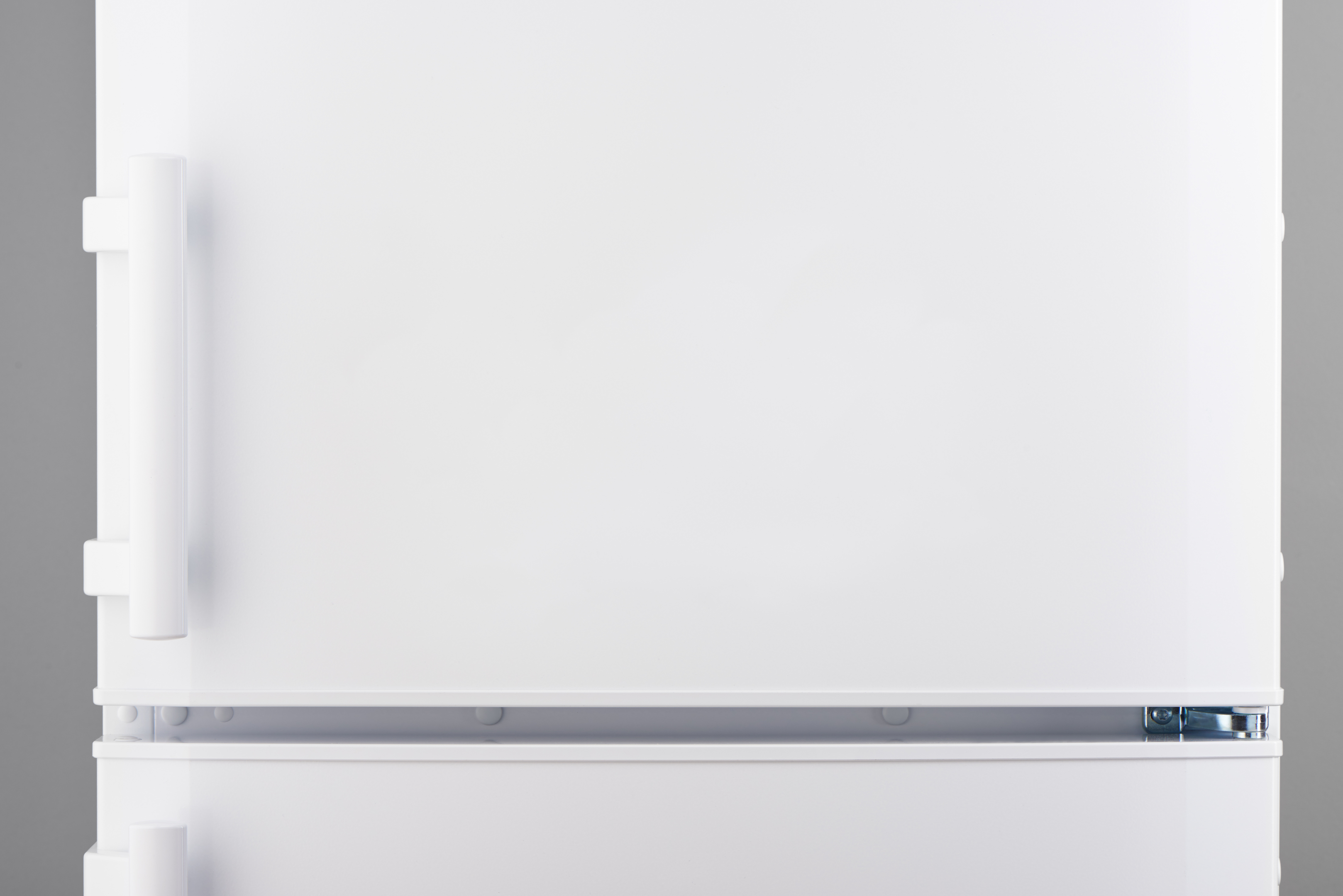
CURRENT safety checks for fridges and freezers are deficient and allow for the sale of products that are a potential fire risk, a consumer group has warned.
Refrigeration white goods that have non-flame retardant plastic backing pass existing safety standards, but the testing is inadequate and does not come close to replicating the cause of a real house fire, Which? said.
The current British Standard requires refrigerators to pass a glow wire test to assess their fire resistance, which involves putting a hot wire through a sample of the appliance’s backing material and seeing if it catches alight.
All fridges, freezers and fridge freezers on the UK market pass this test.
But under more “stringent” testing by Which?, two separate samples of the plastic backing set alight after just 10 seconds, with a pass given if it could withstand an open flame for at least 30 seconds.
Similar testing of metal and aluminium laminate-backed appliances found neither caught alight after the 30 second test, or following a full five minutes of being subjected to an open flame.
Which? said almost half of the most popular fridges, freezers and fridge freezers currently on the market (46%) had non-flame retardant plastic backing and would have been subject to the “inadequate” method of fire safety testing.
The watchdog is calling on manufacturers to implement the tougher testing immediately and voluntarily.
Which? has stopped recommending the purchase of any fridge, freezer, or fridge freezer with non-flame retardant plastic backing, although it says such fires are rare and is not calling for a recall.
Its own analysis of government fire data in July 2015 found that only 7% of fires caused by faulty appliances involved fridge freezers, fridges or freezers.
But it believes that non-flame retardant plastic backing material presents a safety risk due to its potential to allow an existing fire to spread and future models should not be made in this way.
Alex Neill, Which? managing director of home and product services, said: “Manufacturers must put consumer safety first and immediately stop making fridges, freezers and fridge freezers to a standard that is clearly deficient and could potentially be putting people’s lives at risk.
“This once again shows that the UK’s product safety regime is simply not fit-for-purpose and the Government can no longer continue to allow it to fail.”

Enjoy the convenience of having The Sunday Post delivered as a digital ePaper straight to your smartphone, tablet or computer.
Subscribe for only £5.49 a month and enjoy all the benefits of the printed paper as a digital replica.
Subscribe